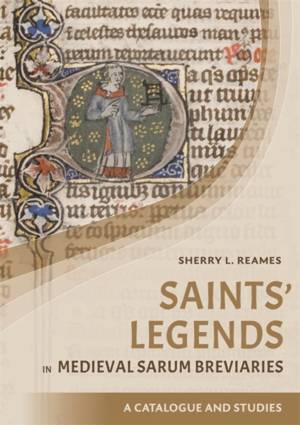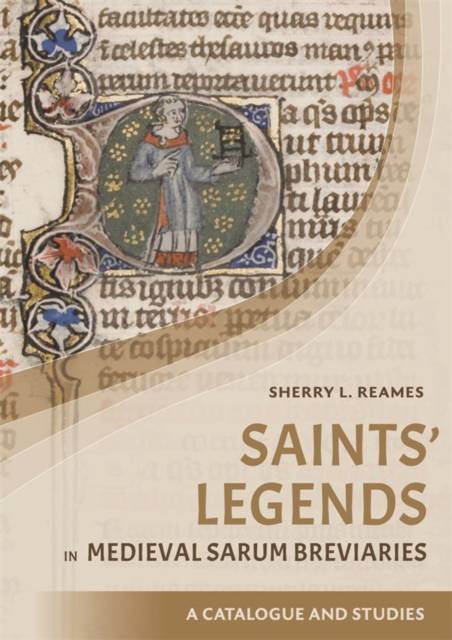
- Afhalen na 1 uur in een winkel met voorraad
- Gratis thuislevering in België vanaf € 30
- Ruim aanbod met 7 miljoen producten
- Afhalen na 1 uur in een winkel met voorraad
- Gratis thuislevering in België vanaf € 30
- Ruim aanbod met 7 miljoen producten
Zoeken
€ 298,45
+ 596 punten
Omschrijving
Sarum Use was the most widely used form of the liturgy in late medieval England, but its service books were much less standardized than their modern counterparts. The lack of uniformity is particularly marked in Sarum breviaries' lessons on saints, which can vary enormously from copy to copy. This book is the first comprehensive examination of those lessons and the manuscripts that preserve them. It provides a catalogue of over 80 manuscripts and 12 early printed versions, giving a brief description of each one, sometimes correcting previous views of its date and provenance, and identifying each copy's divergences from the standard Sarum roster of saints. The book also identifies the textual families into which the manuscripts fall and the extent of their divergence from the lessons in both the early printed versions and the inadequate nineteenth-century edition on which modern scholars have previously depended. The author's findings offer an introduction to the unexpectedly rich variety of hagiographical lessons that survive, identify some of the sources behind them, and shed new light on the ways in which the Sarum breviary developed and was disseminated in the fourteenth and fifteenth centuries.
Specificaties
Betrokkenen
- Auteur(s):
- Uitgeverij:
Inhoud
- Aantal bladzijden:
- 376
- Taal:
- Engels
- Reeks:
- Reeksnummer:
- nr. 2
Eigenschappen
- Productcode (EAN):
- 9781903153994
- Verschijningsdatum:
- 20/08/2021
- Uitvoering:
- Hardcover
- Formaat:
- Genaaid
- Afmetingen:
- 173 mm x 244 mm
- Gewicht:
- 884 g

Alleen bij Standaard Boekhandel
+ 596 punten op je klantenkaart van Standaard Boekhandel
Beoordelingen
We publiceren alleen reviews die voldoen aan de voorwaarden voor reviews. Bekijk onze voorwaarden voor reviews.








